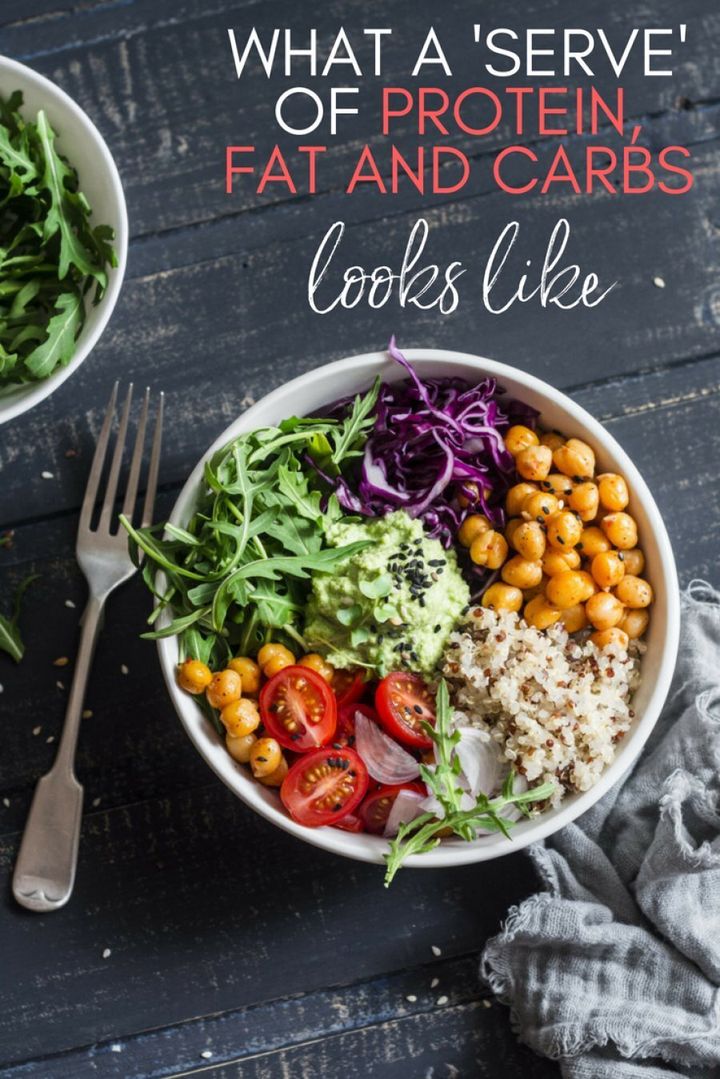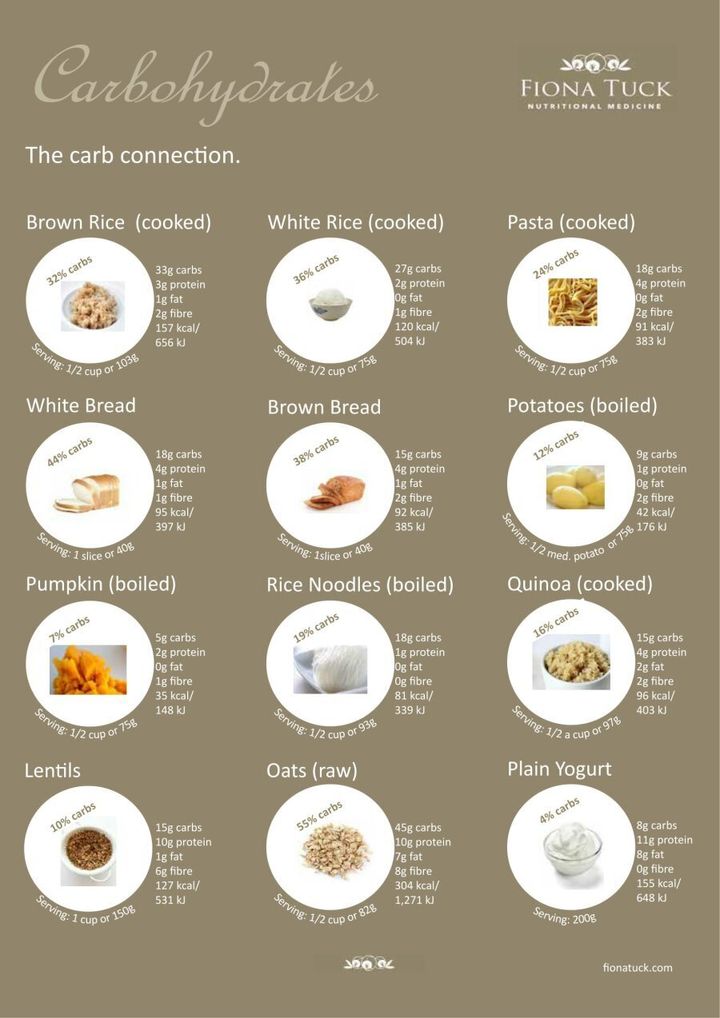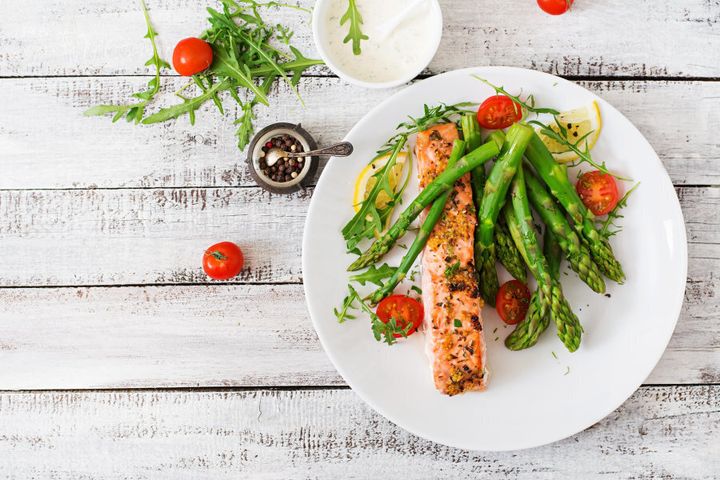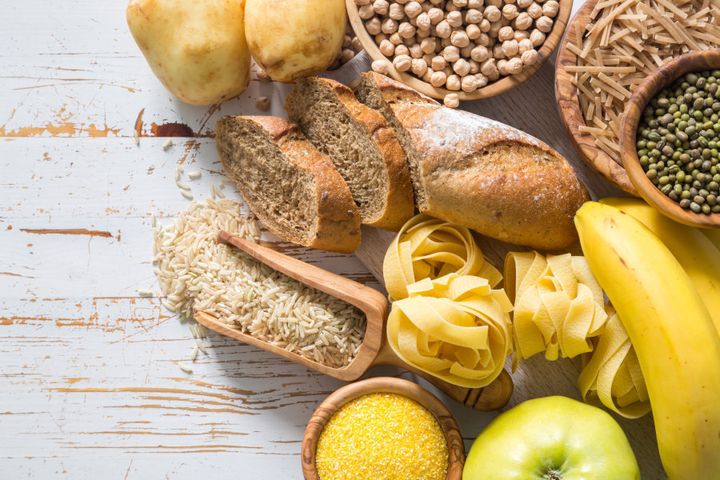Hands up if you have no idea how many serves of carbs are in a bowl of pasta, or what a 'serve' of healthy fats really looks like (it's definitely not a whole bag of tamari almonds, right?).
It's one thing to eat the three macronutrients -- carbohydrates, protein and fat -- and another to know how much of them we're supposed to eat per day.
"Including a mix of protein, carbohydrates and healthy fats means you're more likely to meet your body's daily nutrient needs, which plays an integral role in helping people be healthy," Chloe McLeod, accredited practising dietitian and sports dietitian, told HuffPost Australia.
"Carbohydrates are particularly important for fuelling the body. Proteins are involved in things like muscle recovery and helping different molecular systems in the body work properly. Fats are also involved with cell health, skin health and keeping your hair nice and shiny."
These three macronutrients work in harmony, McLeod explained, so it's important to include them all and have a healthy mix.

"A lot of the time we hear about low fat diets, and now low-carb diets and high-protein diets, but significantly overeating or undereating any of these macronutrients can have an impact on the body," McLeod said.
But we needn't worry about not getting enough protein -- yes, even for vegetarians and vegans.
"It's very, very easy to meet daily protein needs. I hear it all the time from people, that they need protein powder. In some case it can be necessary, but in most cases it's so easy to meet daily protein needs," McLeod said.
So, what does a 'serve' of these macronutrients look like, and how many of these serves should we be having every day?
Carbs
"A serve of carbohydrate equals around 500 kilojoules. This is a slice of bread, half a bread roll, half a cup of cooked rice or pasta, half a cup of cooked porridge, or a quarter of a cup of muesli," McLeod explained.

Protein
"A serve of protein is around 500-600 kilojoules. This is about 55 grams of cooked meat, which equates to around 90-100 grams of raw meat. A serve is also 100 grams of cooked fish, two eggs or a cup of legumes (like chickpeas or lentils)," McLeod said.
Fat
"A serve of fats are another really important one to be incorporating," McLeod said.
"An example of a serve of nuts or seeds equals around 30 grams, or a quarter to half an avocado, or a tablespoon of olive oil."

As for how many serves of these macronutrients we need each day, it depends on factors like your metabolism, height and how much you exercise.
"It really does depend on the individual and how physically active they are," McLeod told HuffPost Australia.
"As an average across the different food groups, from a vegetable perspective, we're aiming for five or more serves a day.
"Looking at whole grain carbohydrates, we're aiming for around six serves over the whole day, that's what the Australian Guide to Healthy Eating recommend. I do think it's important to keep in mind, though, is how physically active the person is. If they're not very active, potentially reduce this amount, and if they are quite active they may even need to have a bit more."

With lean meats and protein, we should aim for around two to three serves per day. Nuts and seeds fit into the protein category, with a recommended daily serving of 30-50 grams.
A healthy daily intake of nuts is 30g (a small handful), or approximately:
- 20 almonds
- 15 cashews
- 20 hazelnuts
- 15 macadamias
- 15 pecans
- 2 tablespoons of pine nuts
- 30 pistachio kernels
- 9 walnut kernels
From: Nutrition Australia
"Once you look at all those different food groups, it means that rather than going, 'Oh, do I need to have this percentage of carbohydrate and that percent fat', you'll be achieving those percentages by just eating food in appropriate quantities," McLeod said.
"It helps make food and mealtime more enjoyable, rather than sitting there and calculating and counting things out."
Still need an idea of what this all looks like on a plate? Try this handy guide.
"I really like to think about it as an actual plate," McLeod explained.
"Aim for half the plate to be filled with low starch vegetables -- spinach, broccoli, green beans, capsicums, for example. Then a quarter of the plate with protein-rich foods, whether that's fish, chicken, eggs or some vegetarian options like tofu or legumes.
"And the other quarter would be the low GI carbohydrates, which could be brown rice, barley, quinoa or buckwheat. With carbohydrates, choose ones that are as least processed as possible. This is also where some of the starchy veggies, like potato and sweet potato, can fit in."
Click below to subscribe to the Refresh podcast by HuffPost Australia on iTunes.

ALSO ON HUFFPOST AUSTRALIA